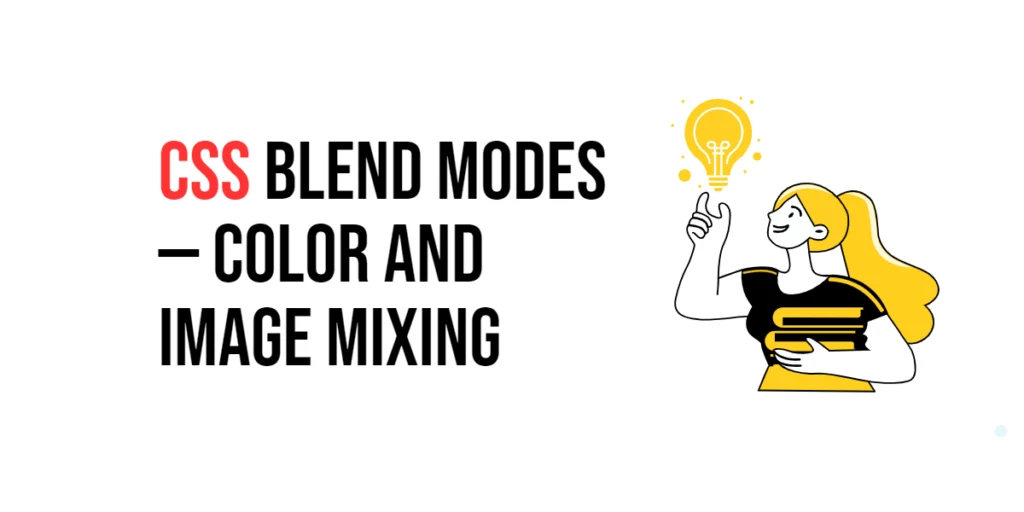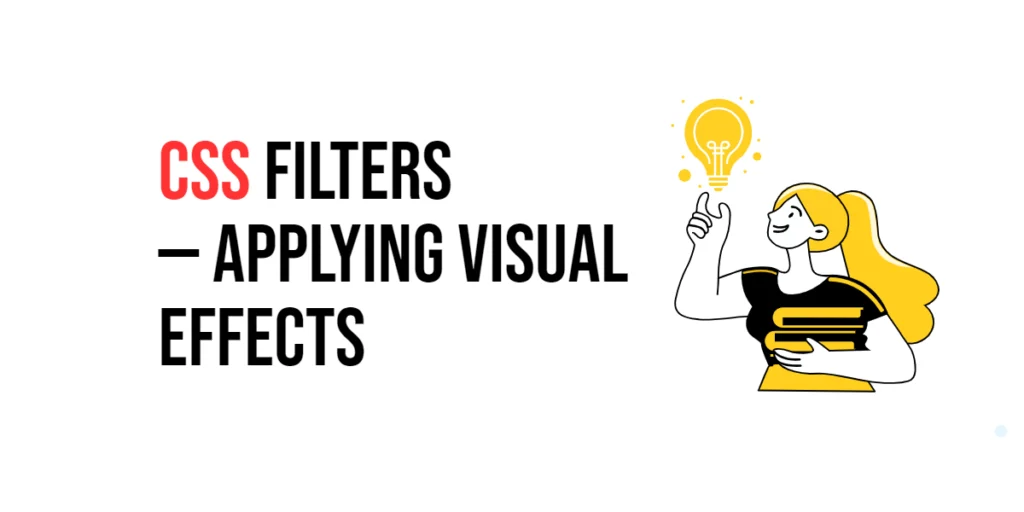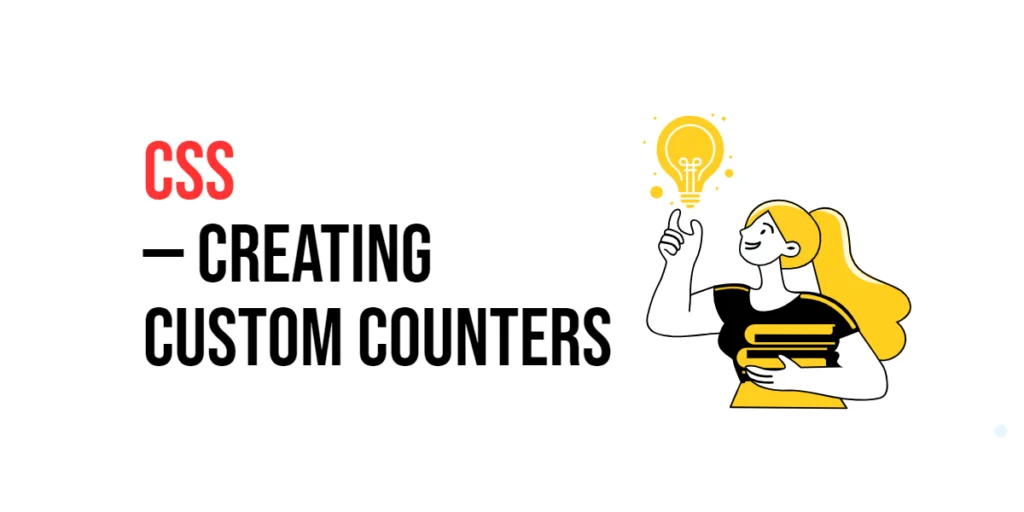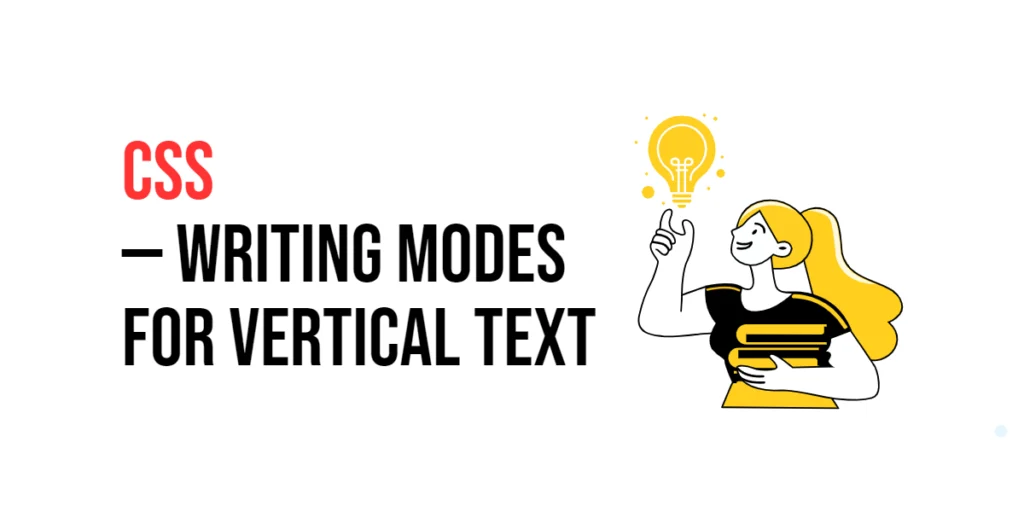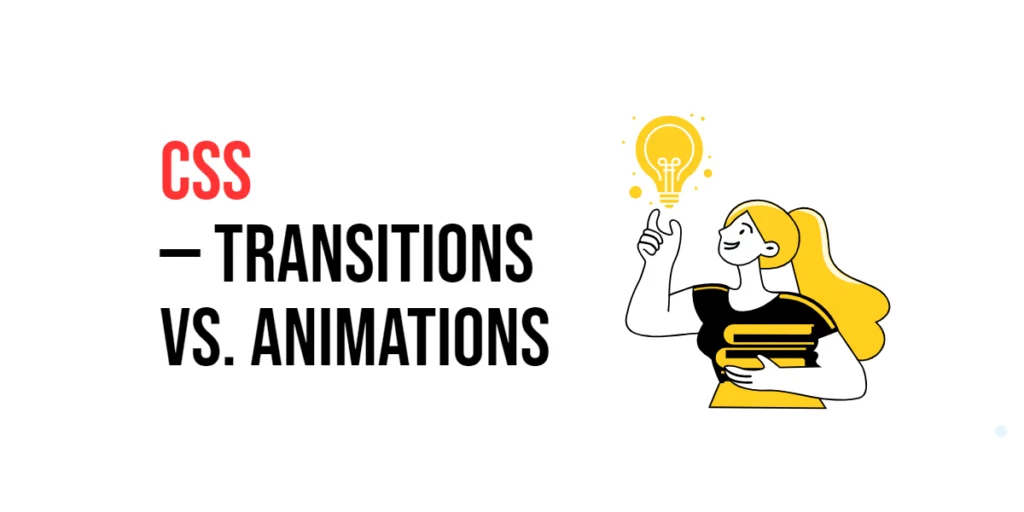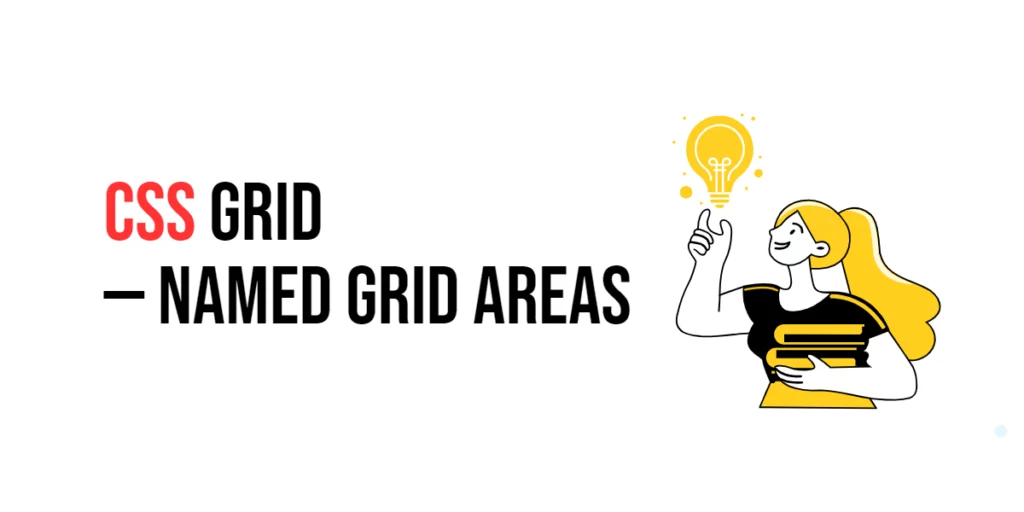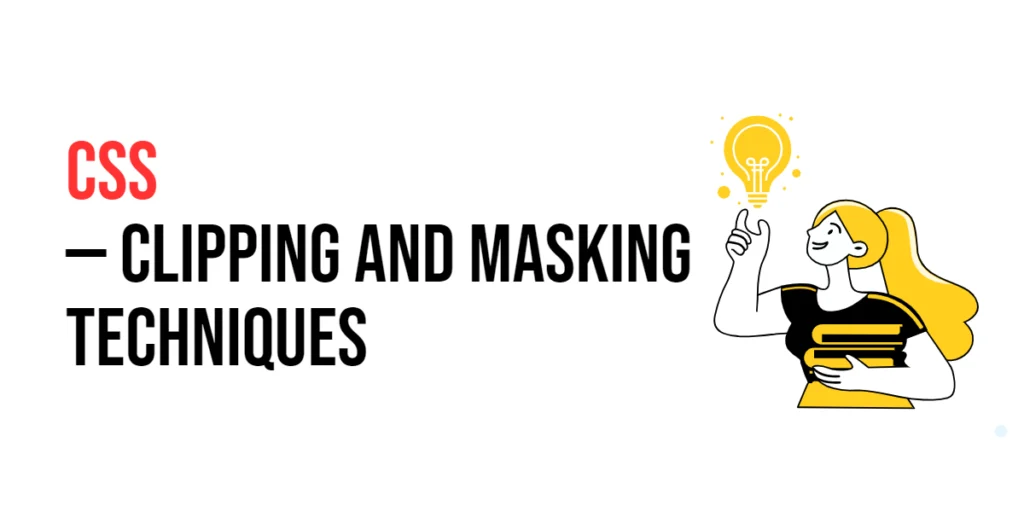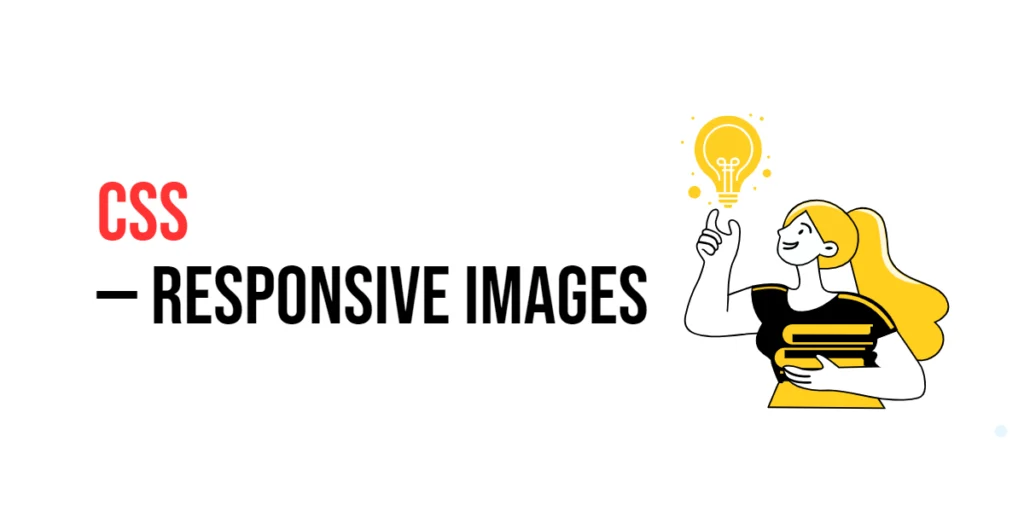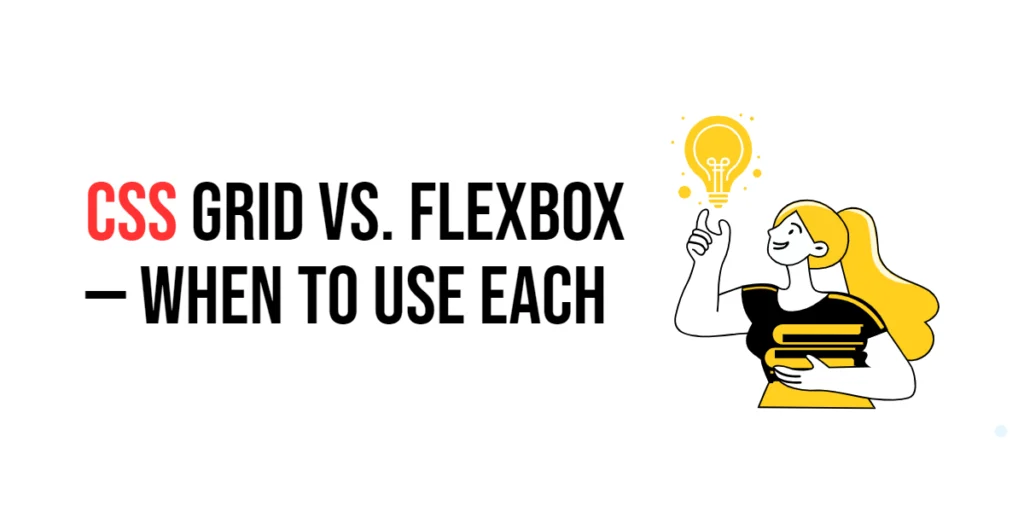CSS: Blend Modes – Color and Image Mixing
CSS blend modes are a set of properties that allow developers to blend colors and images together to create visually appealing effects. These blend modes are similar to those found in image editing software like Photoshop, and they can be used to enhance the design of web pages by mixing colors and images in interesting […]
CSS: Blend Modes – Color and Image Mixing Read More »
